 Review by Markus Stamm, published October 2023
Review by Markus Stamm, published October 2023
Introduction
The Nikkor Z 24mm f/1.8 S is another member of Nikon's initial set of conventional prime lenses for Z-mount. Sitting between classic wide- and ultra-wide lenses, it is one of those lens types that you either love or hate. Typical applications include landscape-, architecture- or street photography. While professional users may have a lust for f/1.4 or even faster lenses, most mortals can happily do with a more moderate speed - at a correspondingly sane price tag. That being said, at 900EUR/USD, it is fairly expensive so let's see whether it has enough merits to justify its price tag.

The lens shares its minimalistic design characteristic with the other Z-mount f/1.8 prime lenses. The weather-sealed lens body consists of a mixture of tightly assembled polycarbonate and metals parts. The number of controls on the lens is reduced to a minimum with just an AF/M switch and the already mentioned focus ring. The classic distance scale is absent which is typical for most lenses designed for mirrorless cameras. The focus ring works by wire thus it drives the focus motor. This allows to adjust the focus throw depending on the speed the focus ring is turned with, giving fast changes with fast movements and very precise fine-tuning with slow movements. If you aren't into manual focusing anyway, you can reconfigure the ring to aperture control, or if you like it exotic to ISO control or exposure compensation.
 The front element does not rotate due to an IF (inner focus) design thus using a polarizer is, therefore, no problem. The lens features a stepping motor that allows the lens to adjust focus fast and silently. It's not a completely noiseless drive, though, so if you're into video, you'll likely want to use an external microphone. Nikon claims that design allows for effective focus-breathing compensation. An image stabilizer has not been implemented.
The front element does not rotate due to an IF (inner focus) design thus using a polarizer is, therefore, no problem. The lens features a stepping motor that allows the lens to adjust focus fast and silently. It's not a completely noiseless drive, though, so if you're into video, you'll likely want to use an external microphone. Nikon claims that design allows for effective focus-breathing compensation. An image stabilizer has not been implemented.
| Specifications |
|---|
| Optical construction | 12 elements in 10 groups (inc. 1x ED and 4x aspherical elements, and elements with Nano Crystal Coat) |
| Number of aperture blades | 9 (rounded) |
| min. focus distance | 0.25m (max. magnification ratio 0.15x) |
| Dimensions | 78x96.5mm |
| Weight | 450g |
| Filter size | 72mm (non-rotating) |
| Hood | petal-shaped (bayonet mount, supplied) |
| Other features | customizable control ring, dust- and moisture-sealings |
Distortion
The Nikkor Z 24mm f/1.8 S produces a medium barrel distortion of almost 2%. This is a tad on the high side but we have also seen a lot worse in this segment. Image auto-correction can reduce the issue to a negligible degree though.
Vignetting
The lens suffers from the same weakness as the other f/1.8 prime lenses - high vignetting. At f/1.8, it reaches almost 3EV (f-stops) which is very noticeable. It's not much better at f/2.2 and acceptable figures aren't reached before f/4 really. Activating auto-correction is, therefore, a good idea with this lens. Even so, the light falloff remains visible at f/1.8 but reaches very acceptable levels from f/2.8 onward.

MTF (resolution)
The Nikkor Z 24mm f/1.8 S is a bit of a mixed bag regarding its resolution characteristic. At f/1.8 the broader center quality is perfectly fine but the outer image field is comparatively soft.
Stopping down to f/2.2 doesn't improve the situation substantially. A more substantial boost sets in at f/2.8. The center quality reaches excellent levels here and the borders are pretty good. The corners remain unimpressive, however. This changes from f/4 onward where the corners are lifted to very good quality (just). The peak performance is reached around f/5.6. Diffraction is a limiting factor beyond. f/8 is perfectly fine, but there's already a drop at f/11 (on high megapixel sensors at least) and f/16 should be avoided.
Please note that the MTF results are not directly comparable across the different systems!
Below is a simplified summary of the formal findings. The chart shows line widths
per picture height (LW/PH) which can be taken as a measure for sharpness.
If you want to know more about the MTF50 figures you may check out the corresponding
Imatest Explanations

Chromatic Aberrations (CAs)
Chromatic aberrations (color shadows at harsh contrast transitions) are well controlled, with values of around 0.5 pixels on average at the image borders wide open, slowly increasing to almost 0.8 pixels stopped down to f/11.

Bokeh
It's usually not the primary way to use a wide angle lens, however the Nikkor has a comparatively short minimal focus distance combined with a fairly large maximum aperture, so it allows to separate a (close) main subject from the background. In such a shot, the quality of image blur in out-of-focus areas is important.
Typically, wide angle lenses with aspherical elements struggle in this regard, the Nikkor however delivers very pleasing results. General image blur both in front of as well as behind the focal plane is surprisingly smooth.
Background highlights are evenly filled and show almost no outlining wide open, a little more so when stopped down, however. In addition, there are traces of bokeh fringing around highlights (see the next section)
Out-of-focus highlights show some amount of outlining on the edges plus some onion-ring shapes on the inside. However, they remain nicely circular even at small apertures thanks to the 9 rounded aperture blades of the lens.
 The shape of the highlights deteriorates a bit towards the image borders due to mechanical vignetting at f/4. However, stopping down solves that issue. Again, one can see the onion-ring shapes on the inside of highlight discs, but also the round and circular shape even when stopped down to f/11.
The general rendition in the focus transition zones is quite smooth (for a standard zoom) in the background (to the left below) and a bit more nervous in the foreground (to the right below).
The shape of the highlights deteriorates a bit towards the image borders due to mechanical vignetting at f/4. However, stopping down solves that issue. Again, one can see the onion-ring shapes on the inside of highlight discs, but also the round and circular shape even when stopped down to f/11.
The general rendition in the focus transition zones is quite smooth (for a standard zoom) in the background (to the left below) and a bit more nervous in the foreground (to the right below).
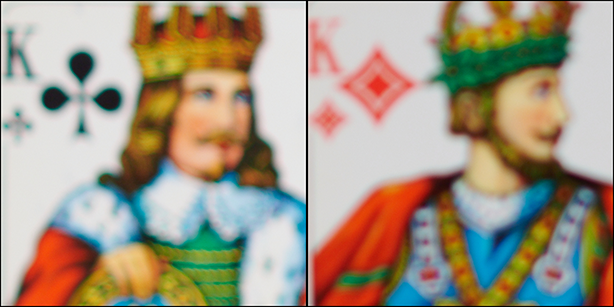 The analysis above was done at 80mm, because the longest focal length is the easiest to get some background blur. As with many zoom lenses, the bokeh quality varies a bit with the length. You can get an impression of the bokeh for the lower zoom range in some of the sample images on the next page. In general though, while the absolute bokeh quality is not outstanding, it is fairly ok and above average for a standard zoom.
The analysis above was done at 80mm, because the longest focal length is the easiest to get some background blur. As with many zoom lenses, the bokeh quality varies a bit with the length. You can get an impression of the bokeh for the lower zoom range in some of the sample images on the next page. In general though, while the absolute bokeh quality is not outstanding, it is fairly ok and above average for a standard zoom.
Bokeh Fringing / LoCA
Bokeh fringing (non-coinciding focal planes of the various colors, also referred to as longitudinal chromatic aberration, or LoCA for short) is an axial color fringing effect and a common issue with relatively fast glass. It's visible as halos of different colors - magenta (red + blue) in front of the focus point and green beyond. Unlike lateral CAs, bokeh fringing can not easily be fixed in post processing.
Typical for most fast primes the Nikkor shows some bokeh fringing at large aperture settings. The fringing can be reduced by stopping down and it's mostly gone from f/4 onward.
In addition, these shots also illustrate the tiny amount of focus shift when stopping down that was mentioned in the MTF section.
Sample Shots
The following sample shots were RAW-converted in CaptureOne with lens corrections disabled.
Click on a thumbnail to open the sample image in full resolution.
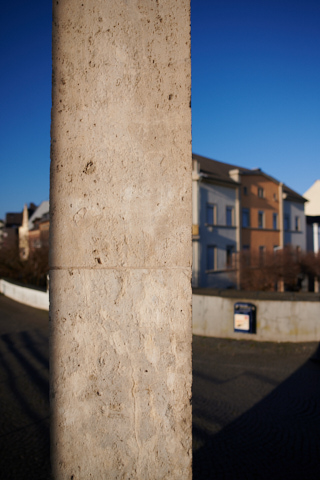 |
| Make | NIKON CORPORATION |
| Model | NIKON Z 7 |
| ISO Speed | 100 |
| Focal Length | 24.0mm |
| Aperture: | f/2.5 |
| Exposure | 1/4000s |
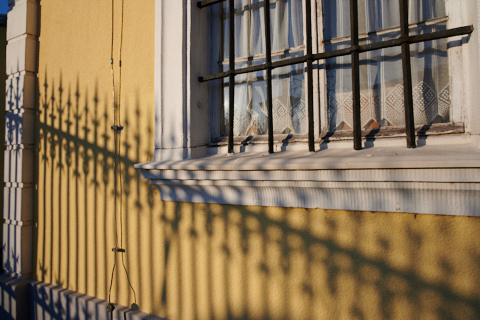 |
| Make | NIKON CORPORATION |
| Model | NIKON Z 7 |
| ISO Speed | 100 |
| Focal Length | 24.0mm |
| Aperture: | f/7.1 |
| Exposure | 1/500s |
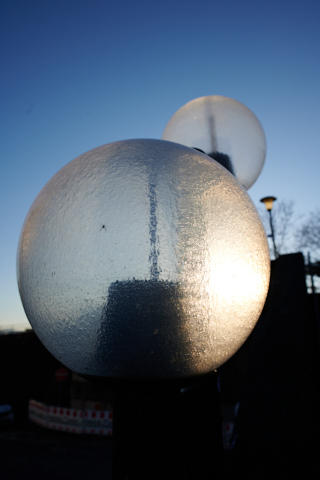 |
| Make | NIKON CORPORATION |
| Model | NIKON Z 7 |
| ISO Speed | 100 |
| Focal Length | 24.0mm |
| Aperture: | f/6.3 |
| Exposure | 1/640s |
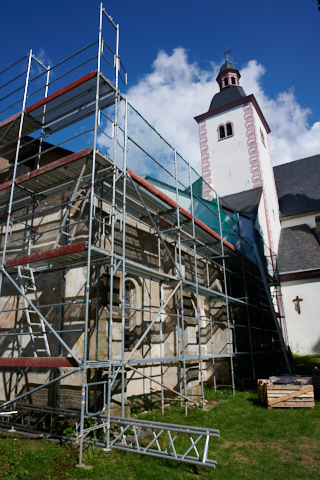 |
| Make | NIKON CORPORATION |
| Model | NIKON Z 7 |
| ISO Speed | 100 |
| Focal Length | 24.0mm |
| Aperture: | f/7.1 |
| Exposure | 1/640s |
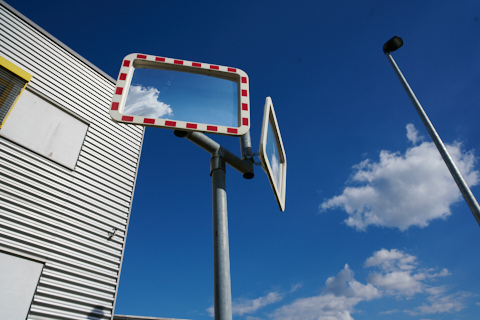 |
| Make | NIKON CORPORATION |
| Model | NIKON Z 7 |
| ISO Speed | 100 |
| Focal Length | 24.0mm |
| Aperture: | f/7.1 |
| Exposure | 1/640s |
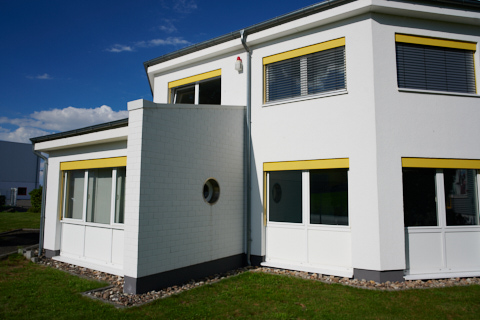 |
| Make | NIKON CORPORATION |
| Model | NIKON Z 7 |
| ISO Speed | 100 |
| Focal Length | 24.0mm |
| Aperture: | f/6.3 |
| Exposure | 1/1600s |
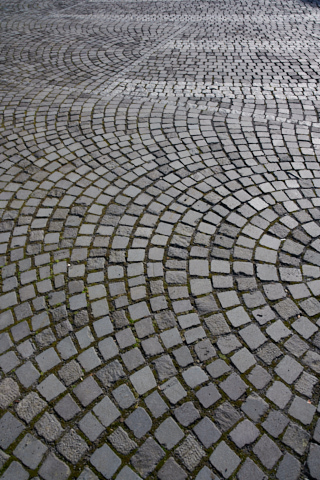 |
| Make | NIKON CORPORATION |
| Model | NIKON Z 7 |
| ISO Speed | 100 |
| Focal Length | 24.0mm |
| Aperture: | f/6.3 |
| Exposure | 1/320s |
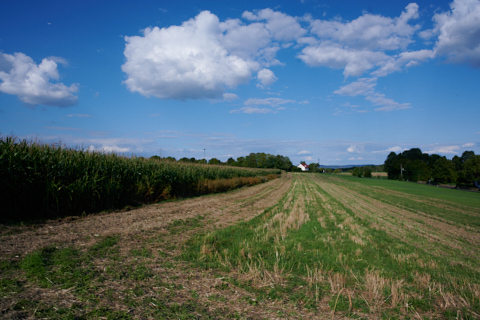 |
| Make | NIKON CORPORATION |
| Model | NIKON Z 7 |
| ISO Speed | 100 |
| Focal Length | 24.0mm |
| Aperture: | f/7.1 |
| Exposure | 1/640s |
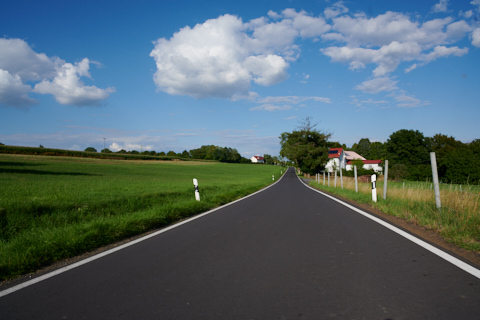 |
| Make | NIKON CORPORATION |
| Model | NIKON Z 7 |
| ISO Speed | 100 |
| Focal Length | 24.0mm |
| Aperture: | f/7.1 |
| Exposure | 1/640s |
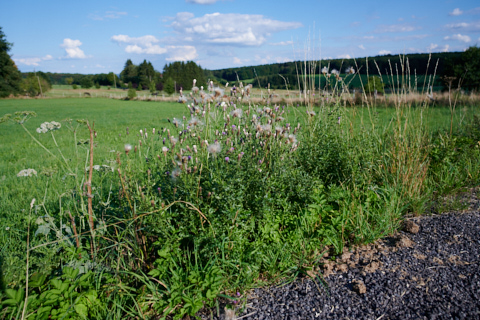 |
| Make | NIKON CORPORATION |
| Model | NIKON Z 7 |
| ISO Speed | 100 |
| Focal Length | 24.0mm |
| Aperture: | f/4.0 |
| Exposure | 1/1000s |
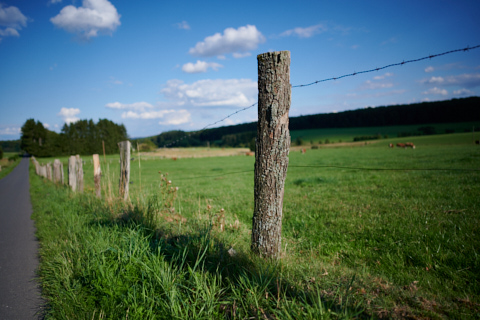 |
| Make | NIKON CORPORATION |
| Model | NIKON Z 7 |
| ISO Speed | 100 |
| Focal Length | 24.0mm |
| Aperture: | f/1.8 |
| Exposure | 1/6400s |
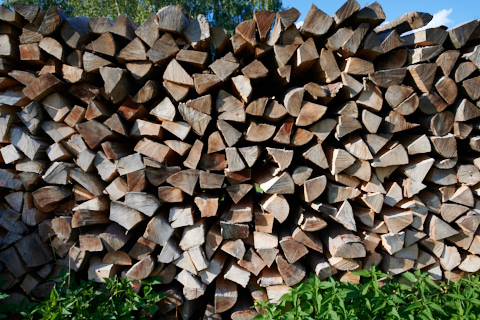 |
| Make | NIKON CORPORATION |
| Model | NIKON Z 7 |
| ISO Speed | 100 |
| Focal Length | 24.0mm |
| Aperture: | f/5.6 |
| Exposure | 1/250s |
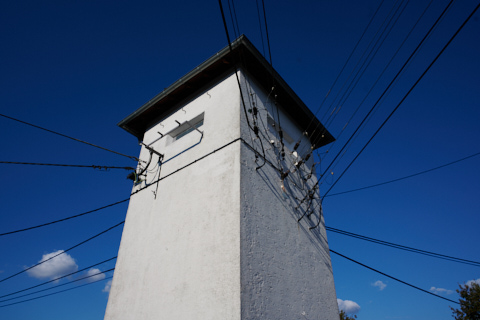 |
| Make | NIKON CORPORATION |
| Model | NIKON Z 7 |
| ISO Speed | 100 |
| Focal Length | 24.0mm |
| Aperture: | f/7.1 |
| Exposure | 1/1000s |
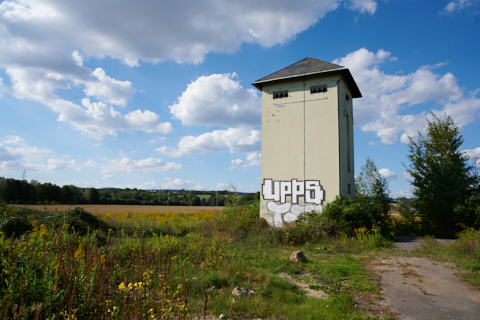 |
| Make | NIKON CORPORATION |
| Model | NIKON Z 7 |
| ISO Speed | 100 |
| Focal Length | 24.0mm |
| Aperture: | f/6.3 |
| Exposure | 1/640s |
 |
| Make | NIKON CORPORATION |
| Model | NIKON Z 7 |
| ISO Speed | 100 |
| Focal Length | 24.0mm |
| Aperture: | f/5.0 |
| Exposure | 1/800s |
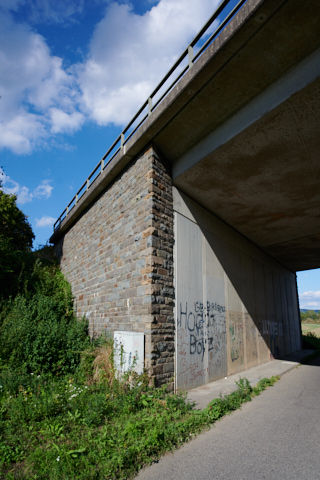 |
| Make | NIKON CORPORATION |
| Model | NIKON Z 7 |
| ISO Speed | 100 |
| Focal Length | 24.0mm |
| Aperture: | f/5.6 |
| Exposure | 1/500s |
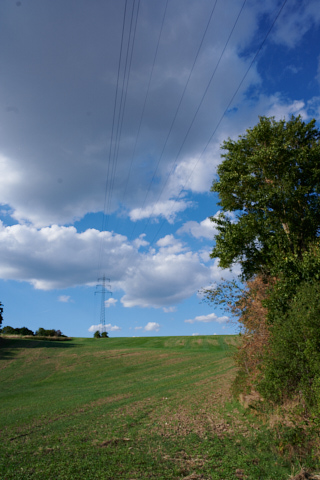 |
| Make | NIKON CORPORATION |
| Model | NIKON Z 7 |
| ISO Speed | 100 |
| Focal Length | 24.0mm |
| Aperture: | f/7.1 |
| Exposure | 1/640s |
 |
| Make | NIKON CORPORATION |
| Model | NIKON Z 7 |
| ISO Speed | 100 |
| Focal Length | 24.0mm |
| Aperture: | f/7.1 |
| Exposure | 1/250s |
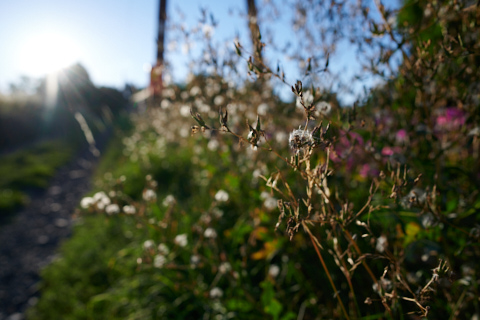 |
| Make | NIKON CORPORATION |
| Model | NIKON Z 7 |
| ISO Speed | 100 |
| Focal Length | 24.0mm |
| Aperture: | f/4.0 |
| Exposure | 1/800s |
 |
| Make | NIKON CORPORATION |
| Model | NIKON Z 7 |
| ISO Speed | 100 |
| Focal Length | 24.0mm |
| Aperture: | f/3.2 |
| Exposure | 1/1600s |
Verdict
The Nikkor Z 24mm f/1.8 S reminds me of my favorite movie - the good, the bad, and the ugly.
The Nikkor delivers impressive resolution across the image frame straight from the maximum aperture. CA's are well controlled and image distortion is moderate. In addition, the bokeh quality of the lens is on a surprisingly high level for such a wide angle lens.
Build quality is on the same level as the other f/1.8 Nikkor lenses, high quality plastic that does not give the impression of handling a luxury item but does its job. This lens feels lightweight, but not fragile.
Thanks to an AF-S drive, the Nikkor is compatible with all current DSLRs (entry level DX included) and autofocus speed is silent and quite fast.
Given its good performance, the current retail price of around 750 EUR is acceptable. At this price point, however, it competes with Sigma's 24mm f/1.4 Art lens, which does not offer the same level of sharpness, but even more creative potential with its faster f/1.4 aperture. But it's also bigger and heavier. When choosing between these two, it comes down to personal priorities to decide which one to pick.
Mechanical Quality:
★★★★★
Click here for an explanation of our star ratings
|